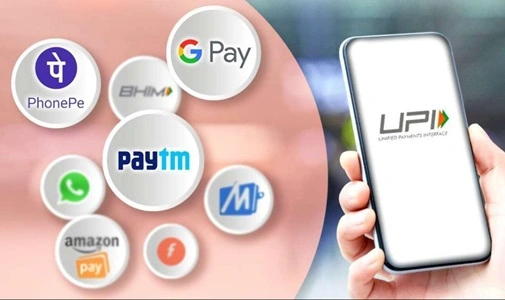In today’s tech-savvy world, UPI (Unified Payments Interface) has become an essential tool for quick and easy money transfers. UPI allows users to send and receive money instantly through their mobile phones, making it a popular choice for payments. From online shopping to paying bills, UPI has simplified the way people manage their transactions. But like any technology, UPI has its own set of advantages and disadvantages. In this article, we will explore the pros and cons of UPI payments in the tech world.

Advantages of UPI Payments in the Tech World
UPI has brought many benefits to the way we handle our money, especially in the fast-paced tech world. Let’s take a closer look at the key advantages:
- Fast and Instant Transfers: UPI enables instant money transfers between bank accounts, making it highly convenient for people who need to send money quickly.
- Convenient for Everyday Payments: UPI is widely used for daily transactions such as shopping, paying bills, or transferring money to friends and family. It works seamlessly through mobile apps, making payments hassle-free.
- Secure and Safe: UPI is designed with strong security features. Every transaction is protected by a UPI PIN, ensuring that your money remains safe. For those concerned about online security, UPI provides a reliable way to make payments.
- Multiple Apps: UPI can be used through several apps like Google Pay, PhonePe, and Paytm. This gives users the flexibility to choose their preferred app for making transactions. Websites like https://www.techieblaze.com/ provide detailed guides on how to use UPI apps effectively and safely.
- Cashless and Contactless: In the tech world, the move towards cashless payments is gaining popularity. UPI allows users to pay without handling cash or swiping cards, making transactions faster and more hygienic.
Disadvantages of UPI Payments in the Tech World
While UPI is a fantastic tool, it also comes with some limitations. Here are the disadvantages you should know about:
- Internet Required: UPI payments depend on an active internet connection. In areas with weak network coverage or when you don’t have internet access, UPI payments can’t be processed.
- Transaction Limits: UPI has a daily transaction limit, which might not be sufficient for people who need to make large payments. This can be a hurdle for business transactions or high-value purchases.
- Risk of Fraud: Despite being secure, UPI is not entirely free from risks. Scammers and cybercriminals use phishing techniques to trick people into sharing their UPI PIN or OTP, leading to fraud and financial loss.
- Technical Glitches: Occasionally, UPI transactions fail due to technical glitches or server issues, causing delays in payments. This can be frustrating, especially when you are trying to complete urgent transactions.
- Not Accepted Everywhere: While UPI is growing in popularity, not every store or service provider accepts UPI payments. In some cases, you may still need to rely on cash or card payments.
Comparison Table: Advantages vs. Disadvantages
| Advantages | Disadvantages |
| Fast and instant transfers | Requires internet access |
| Convenient for daily payments | Daily transaction limits |
| Secure and safe | Risk of fraud |
| Works with multiple apps | Technical glitches |
| Cashless and contactless | Not accepted everywhere |
Conclusion
UPI payments have transformed the tech world by offering quick, secure, and convenient money transfers. They are perfect for everyday use, providing ease of access through multiple apps and making cashless transactions more efficient. However, UPI is not without its challenges, such as internet dependency, transaction limits, and the risk of fraud. By understanding both the advantages and disadvantages, users can make the most of UPI payments while avoiding potential pitfalls. Always stay informed and be cautious when using UPI to ensure your money remains safe and your transactions go smoothly
Santosh Kumar, the author behind IndiasStuffs.com, is passionate about sharing valuable insights on a variety of topics, including lifestyle, technology, and Indian culture.
Page Contents

